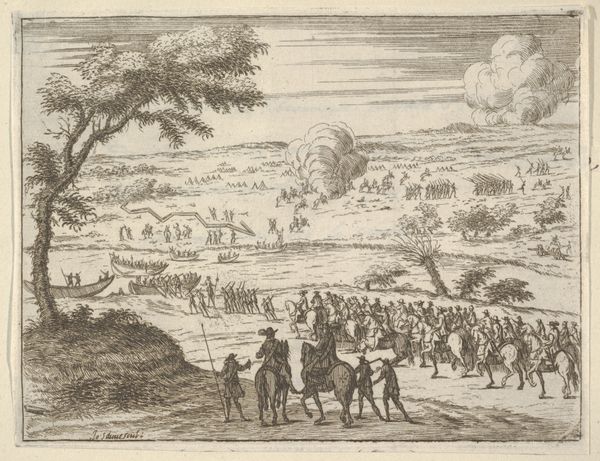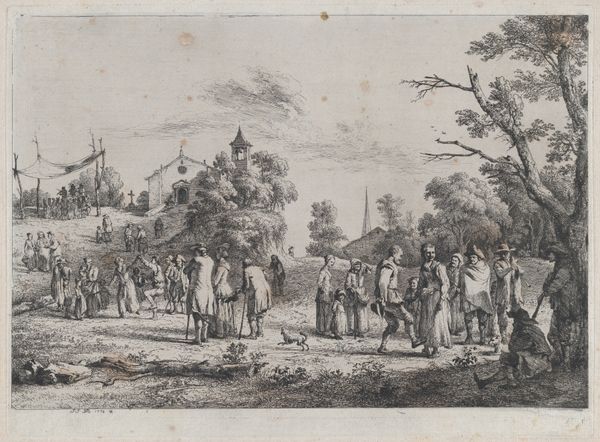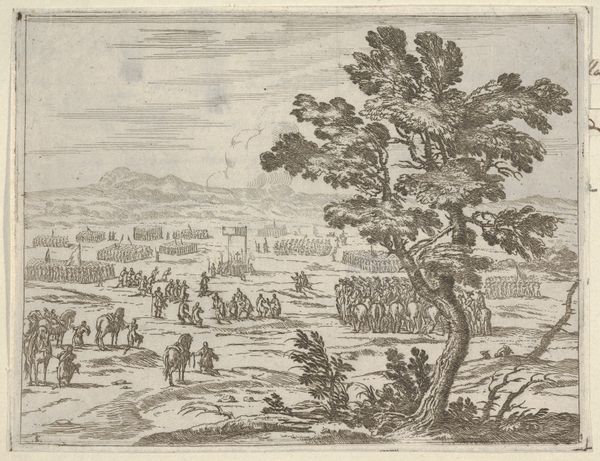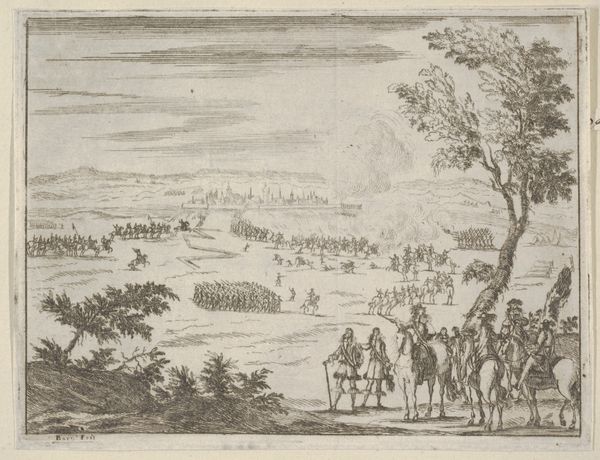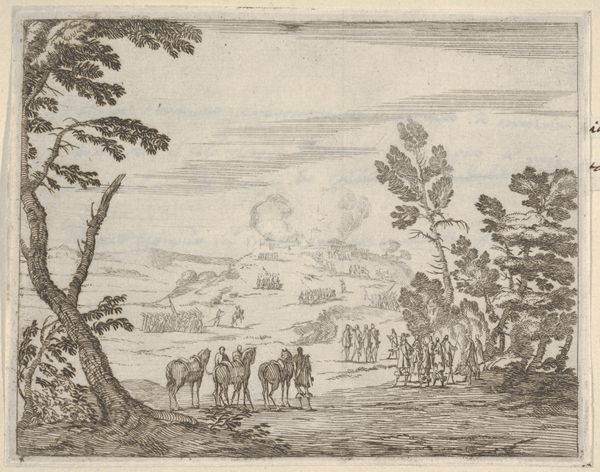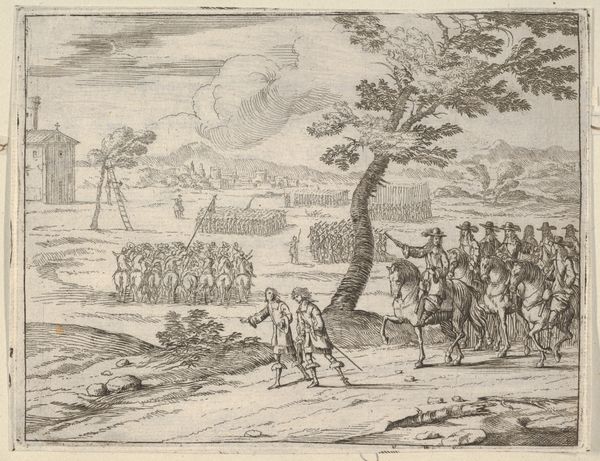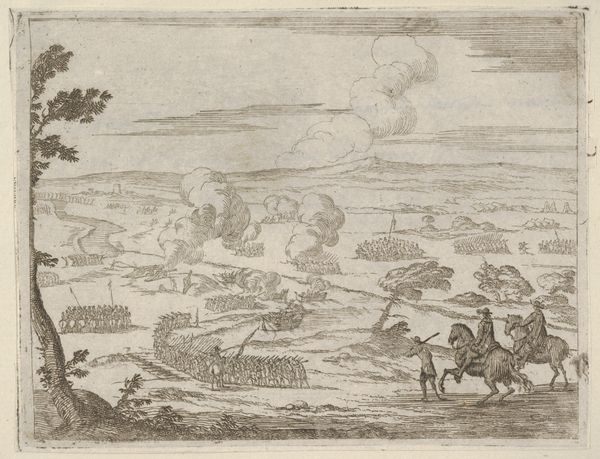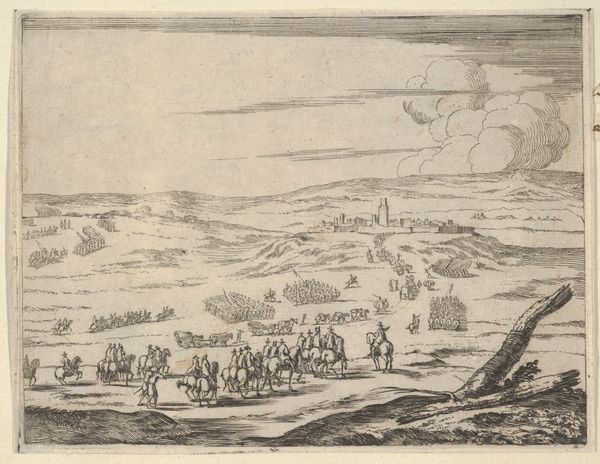![Francesco I d'Este Sentences a Noble French Official to Death as an Example to Prevent Future Scandalous Excesses within the Church, from L'Idea di un Principe ed Eroe Cristiano in Francesco I d'Este, di Modena e Reggio Duca VIII [...] by Bartolomeo Fenice (Fénis)](/_next/image?url=https%3A%2F%2Fd2w8kbdekdi1gv.cloudfront.net%2FeyJidWNrZXQiOiAiYXJ0ZXJhLWltYWdlcy1idWNrZXQiLCAia2V5IjogImFydHdvcmtzLzNhNDZkYmU4LWU4ODQtNDgwYS04NjZlLWY1MjVlOWNjMTM4Yi8zYTQ2ZGJlOC1lODg0LTQ4MGEtODY2ZS1mNTI1ZTljYzEzOGJfZnVsbC5qcGciLCAiZWRpdHMiOiB7InJlc2l6ZSI6IHsid2lkdGgiOiAxOTIwLCAiaGVpZ2h0IjogMTkyMCwgImZpdCI6ICJpbnNpZGUifX19&w=3840&q=75)
Francesco I d'Este Sentences a Noble French Official to Death as an Example to Prevent Future Scandalous Excesses within the Church, from L'Idea di un Principe ed Eroe Cristiano in Francesco I d'Este, di Modena e Reggio Duca VIII [...] 1659
0:00
0:00
drawing, print, ink, engraving
#
portrait
#
drawing
#
weapon
#
baroque
# print
#
old engraving style
#
landscape
#
personal sketchbook
#
ink
#
horse
#
men
#
history-painting
#
italian-renaissance
#
italy
#
engraving
Dimensions: Sheet: 4 13/16 × 6 5/16 in. (12.3 × 16 cm)
Copyright: Public Domain
Editor: This is "Francesco I d'Este Sentences a Noble French Official to Death…" a 1659 engraving by Bartolomeo Fenice. The scene feels surprisingly grand, despite its small scale, and the implied violence creates a tension with the pastoral setting. What jumps out to you when you look at this print? Curator: I am struck by the artist's choice to juxtapose scenes of order with, as you noted, the violent act taking place. Notice how Fenice uses visual cues to telegraph power. What repeated motifs create a sense of ducal authority, can you see any? Editor: Well, we see lines of soldiers in formation in the background, maybe implying military might. Also, isn't that Francesco d'Este pointing his staff at the kneeling figure, seemingly giving the order? Curator: Exactly! The ruler's pose, gesturing authoritatively, and the rigid formations all symbolize control. But the landscape...the tree, the rolling hills...softens that hard authority. Consider the historical context; how might Fenice be using these contrasting symbols to shape our view of Francesco's actions? Editor: Maybe he's trying to justify the execution, showing the Duke as a strong leader who makes tough but necessary decisions to maintain order, even within the Church? Is that why they made such art? Curator: That’s an excellent interpretation. It hints at the complex dance between power, justice, and public image during the Baroque period. The symbols invite us to question the narratives rulers create, wouldn't you agree? The Church’s role creates such ambiguity. Editor: That's fascinating! I never considered how deeply symbols can influence our understanding of historical events. I'll definitely pay more attention to that from now on.
Comments
No comments
Be the first to comment and join the conversation on the ultimate creative platform.
